Anthurium Plant
- October 27, 2023
- 0 comment
The Anthurium plant, often referred to as the “Flamingo Flower” or “Laceleaf,” is a striking and popular houseplant known for its unique, heart-shaped, glossy leaves and vibrant, spiky flower spathes that come in an array of colors, including shades of red, pink, and white.
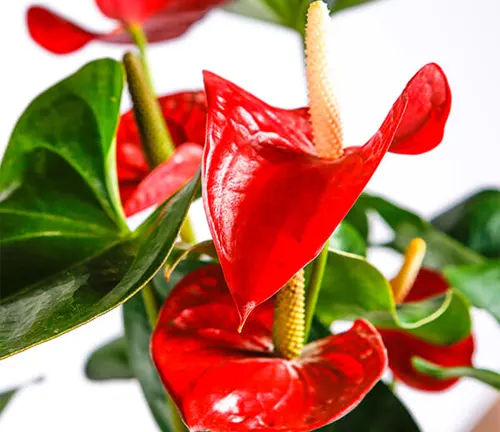
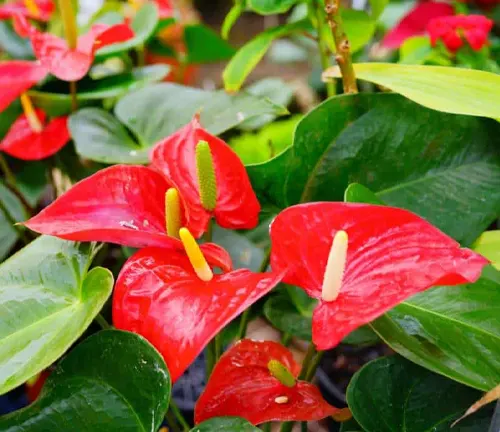
Native to tropical regions of Central and South America, Anthuriums thrive in warm, humid environments, making them a favorite choice for indoor cultivation. These plants are relatively low-maintenance, requiring indirect sunlight and regular watering to keep the soil consistently moist but not waterlogged.
Anthuriums are not only prized for their ornamental foliage and long-lasting flowers but also for their air-purifying qualities, as they can help remove toxins from the air. With proper care, Anthuriums can add a touch of exotic beauty to any indoor space and bring joy to plant enthusiasts and interior decorators alike.
| Characteristics | Description |
| Scientific Name | Anthurium spp. |
| Common Names | Flamingo Flower, Laceleaf |
| Family | Araceae |
| Native Region | Central and South America |
| Plant Type | Evergreen herbaceous plant |
| Mature Height | 1 to 2 feet |
| Foliage | Heart-shaped, glossy, dark green leaves |
| Flowers | Spathe and spadix structure; spathes come in various colors (red, pink, white) |
| Light Requirements | Indirect, bright, filtered light |
| Watering | Keep soil consistently moist, but avoid overwatering; allow the top inch of soil to dry between waterings |
| Humidity | Thrives in high humidity environments |
| Temperature Range | 65°F to 80°F (18°C to 27°C) |
| Soil Type | Well-draining, peat-based mix |
| Fertilization | Feed with a balanced, water-soluble fertilizer every 6-8 weeks during the growing season (spring and summer) |
| Pruning | Remove dead or yellowing leaves as needed |
| Toxicity | Toxic to pets if ingested |
| Air-Purifying | Known for its air-purifying qualities |
| Special Care | Provide occasional misting for added humidity |
| Propagation | Typically through division or stem cuttings |
| Container Friendly | Well-suited for indoor cultivation in pots or hanging baskets |
| Lifespan | Long-lived with proper care |
| Distinguishing Features | Unique spiky spathes, vibrant colors, and attractive foliage |
Botanical Beauty of Anthurium Plant
The Anthurium plant, with its exquisite botanical beauty, is a remarkable addition to the world of horticulture. Its allure lies in the striking contrast between its dark green, glossy heart-shaped leaves and its vibrant, spiky flower spathes. This plant, also known as the Flamingo Flower or Laceleaf, is native to the lush woodlands of Central and South America, where it thrives in the dappled sunlight of tropical rainforests.
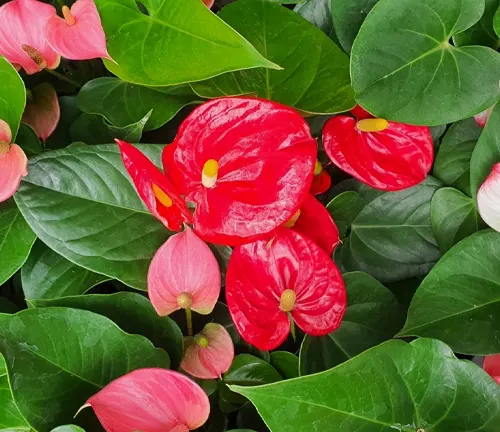
Woodland Elegance
Anthuriums bring a touch of woodland elegance into our homes. The lush, deep-green foliage, reminiscent of the forest understory, creates a sense of natural tranquility. The remarkable spathes, resembling exotic birds in flight, are a sight to behold. Their colors, ranging from fiery reds to delicate pinks and pristine whites, add a splash of brilliance to any room.

Ecological Importance
Beyond their aesthetic appeal, Anthurium plants play an essential role in the ecosystems where they are native. In their natural habitat, they contribute to the intricate web of life by providing shelter and sustenance for various wildlife. Birds and insects are often attracted to the vibrant spathes and contribute to the plant’s pollination.
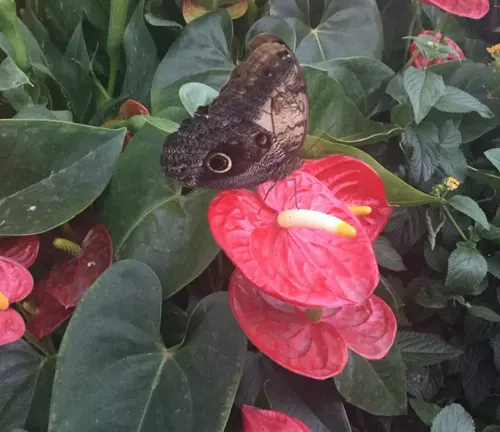
Cultivation and Conservation
Cultivating Anthuriums is not only about enjoying their beauty but also about conservation. The demand for these plants in the global market has led to conservation efforts and sustainable cultivation practices. By growing Anthuriums responsibly, we can help protect their natural habitats while enjoying their captivating presence.
Fragrance
While Anthuriums are primarily admired for their stunning appearance, some species also surprise with a subtle fragrance. The aroma, though not overpowering, adds an extra dimension to the sensory experience, making these plants even more enchanting.
Soil Stabilization
Anthuriums are not only a feast for the eyes and nose but also offer a practical benefit. Their root systems aid in soil stabilization, helping to prevent erosion in their natural habitat. This function showcases the intricate interplay between plants and the environment they inhabit.

Common Uses
The beauty and durability of Anthuriums have led to their widespread use in various settings. From adorning homes and offices to enhancing floral arrangements and interior landscapes, Anthuriums have found a place in many hearts. They are often used in weddings and special occasions due to their romantic symbolism.
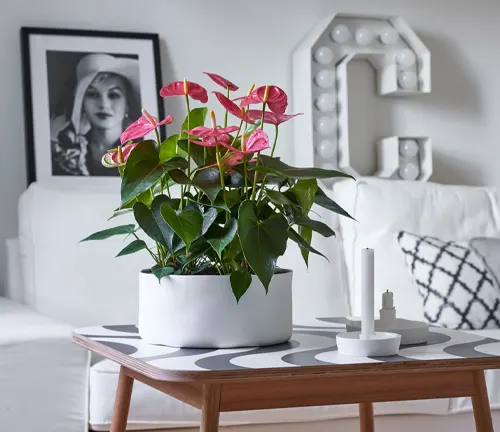
Benefits
Anthuriums offer numerous benefits beyond their aesthetics. They are known for their air-purifying qualities, helping to improve indoor air quality by removing harmful toxins. Their low maintenance requirements make them an ideal choice for both experienced and novice plant enthusiasts.
Different Species
Anthurium andraeanum
This is one of the most popular Anthurium species, known for its heart-shaped leaves and colorful spathes. It comes in a variety of colors, including red, pink, and white.
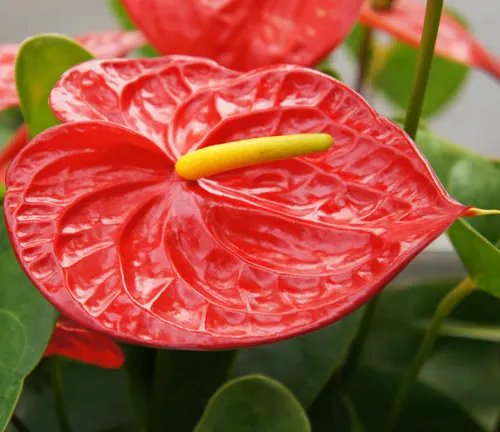

Anthurium scherzerianum
Also called the “Painter’s Palette” or “Flamingo Flower,” this species features bright red or orange-red spathes with a yellow or white spadix. It’s a compact and low-growing variety.
Anthurium crystallinum
This species is recognized by its large, velvety, arrowhead-shaped leaves and silver veins. It has a unique and striking appearance.
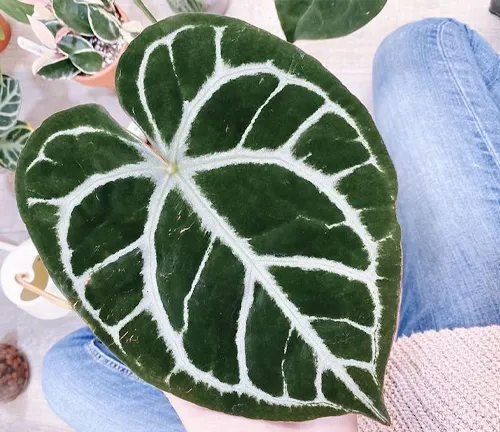

Anthurium clarinervium
This Anthurium is known for its distinctive dark green, heart-shaped leaves with white veins. It’s a highly sought-after species by plant enthusiasts.
Anthurium regale
A large and impressive species, Anthurium regale has enormous, deeply lobed leaves with velvety textures. It’s a rare and prized variety among collectors.
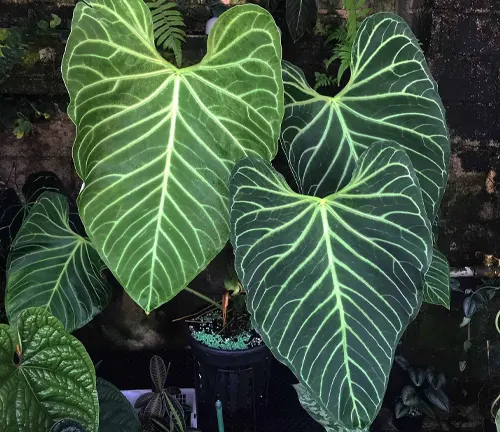
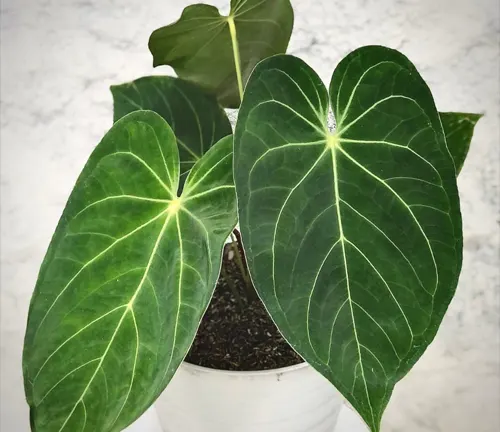
Anthurium magnificum
This species features large, elongated, dark green leaves with silver veins. It’s an eye-catching and elegant Anthurium variety.
Anthurium veitchii
With deeply divided, ornate, and serrated leaves, this species is often called the “King Anthurium” due to its regal appearance.
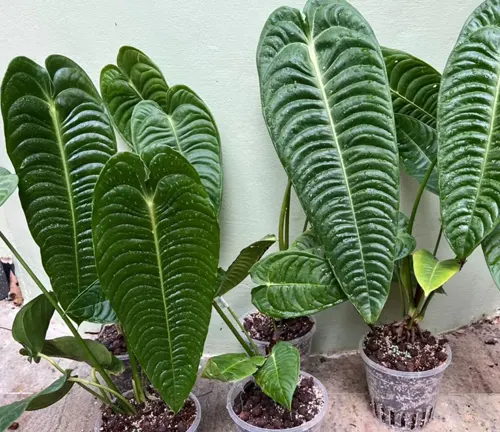
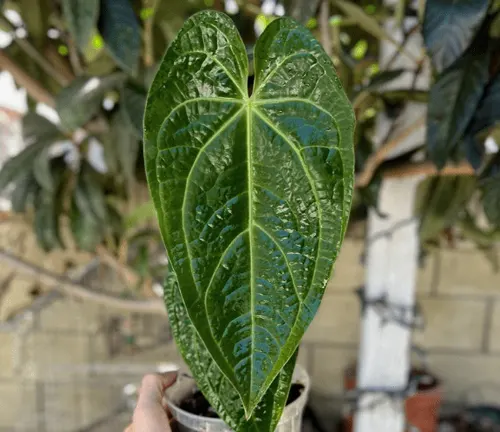
Anthurium warocqueanum
This Anthurium is known for its large, glossy, heart-shaped leaves with prominent white veins, creating a stunning contrast.
Anthurium jenmanii
A climbing species with attractive, long, lance-shaped leaves and deep green color. It’s often grown as a vining plant.
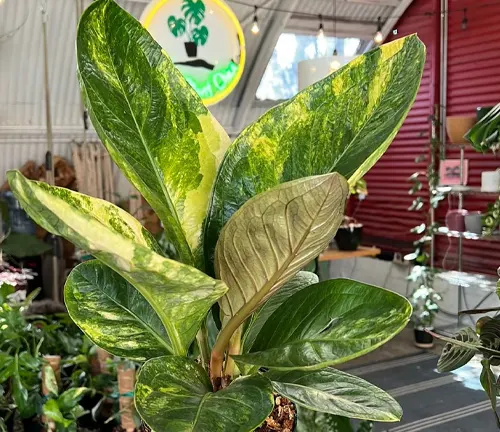
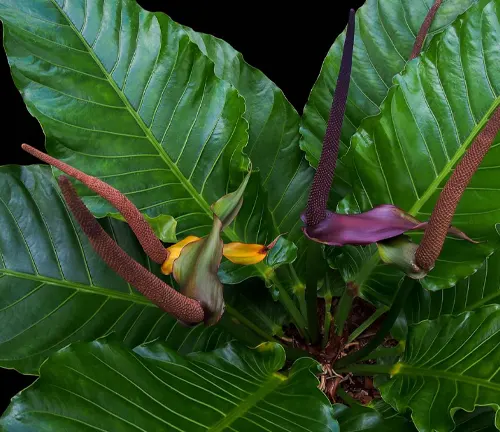
Anthurium hookeri
This species is characterized by its bright green, wavy-edged leaves and pendulous, red or pink spathes.
Frequently Asked Questions (FAQs)
- How do I care for my Anthurium plant?
Anthuriums thrive in indirect, bright light and require regular watering to keep the soil consistently moist. They prefer high humidity and well-draining soil. - How often should I water my Anthurium?
Water your Anthurium when the top inch of soil feels dry. Typically, this means watering every 1-2 weeks, but it can vary based on environmental conditions. - Can I grow Anthuriums outdoors?
Anthuriums are typically grown as houseplants, but they can thrive outdoors in warm, tropical climates with the right conditions. - Do Anthuriums require pruning?
Yes, you can prune dead or yellowing leaves to maintain the plant’s appearance. Use clean, sharp scissors or pruning shears. - How can I increase humidity for my Anthurium plant?
You can increase humidity by misting the plant, using a humidity tray, or placing a humidifier near the plant. - What is the best temperature range for Anthuriums?
Anthuriums prefer temperatures between 65°F to 80°F (18°C to 27°C). Avoid exposing them to temperatures below 50°F (10°C). - Are Anthuriums toxic to pets?
Yes, Anthuriums are toxic if ingested, and their sap can be a skin irritant. Keep them out of reach of pets and children. - How can I encourage my Anthurium to bloom?
Ensure proper care with consistent light, temperature, and humidity. Regular fertilization during the growing season can also promote blooming. - Can I propagate Anthuriums?
Yes, Anthuriums can be propagated through division or stem cuttings. Division is a common method, separating a mature plant into smaller sections with roots. - Why are the leaves of my Anthurium turning yellow?
Yellowing leaves can be a sign of overwatering, insufficient light, or root problems. Adjust care to address the underlying issue. - How can I revive a wilting Anthurium plant?
Wilting can be due to underwatering. Water the plant thoroughly and place it in a more humid environment to help it recover. - Do Anthuriums require repotting?
Repot Anthuriums when they become root-bound, usually every 2-3 years. Choose a slightly larger pot with fresh potting mix.


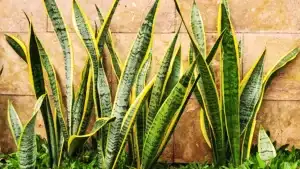
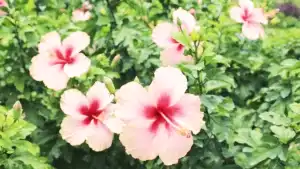
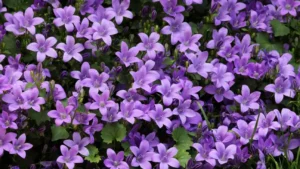

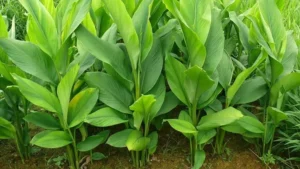


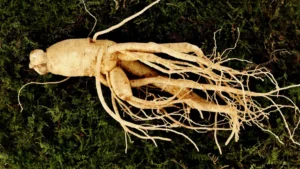
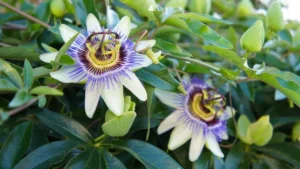
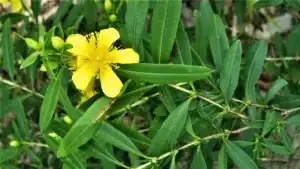
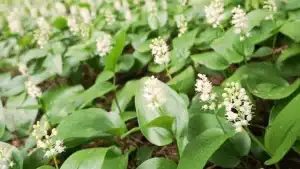

Leave your comment